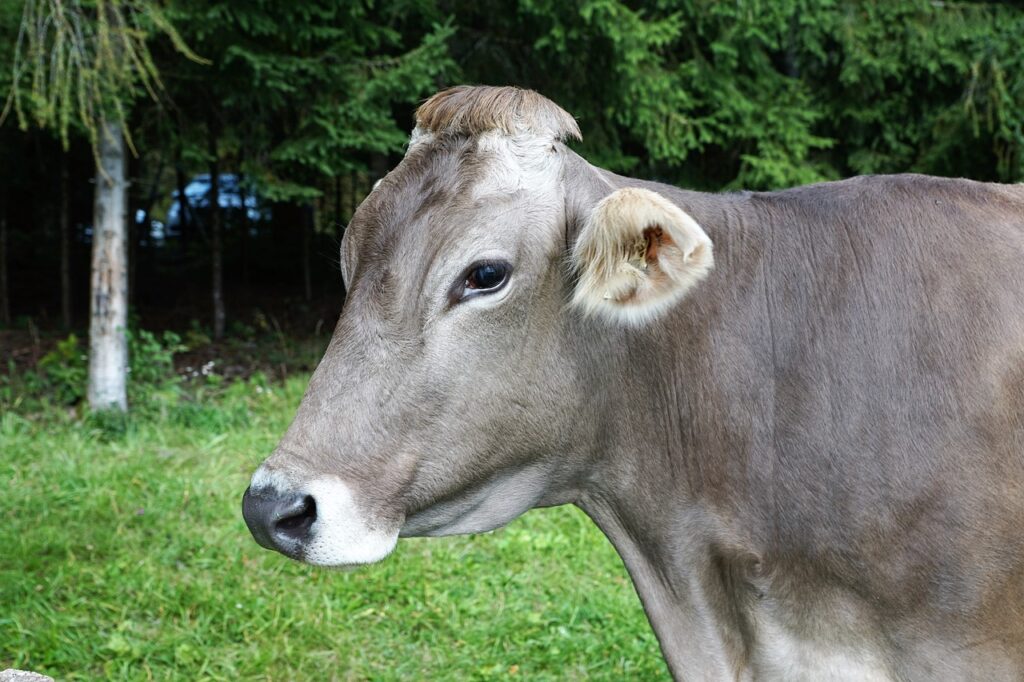Raw Milk & Dairy – Nature’s Goodness
Health benefits of Raw Milk

This is a brief excerpt provided from the Briefing Pack V2 at ausrawmilk.org
Fresh, clean raw milk is a natural, nutrient-rich food that provides complete nourishment to infant mammals, supporting their energy needs, immune system development, and gut health, including the establishment of a balanced gut microflora. Humans benefit from consuming this living food from other mammals, which offers numerous health advantages across all age groups.
Historical evidence of humans consuming milk from other species dates back 30,000 years near the Red Sea, where early humans raised antelope for their milk. Around 6,000 years ago, Neolithic farmers in Britain and Northern Europe were among the first to milk cattle for human use. Ancient physicians such as Galen, Hippocrates, and Pliny used it to treat various ailments.
In the early days of nutritional science, prominent researchers like Justus von Liebig believed that food was made up solely of proteins, carbohydrates, and fats. This limited understanding contributed to nutritional deficiency diseases like rickets, pellagra, beriberi, and scurvy. Since then, our knowledge has greatly expanded, and we now recognize the importance of a diet rich in minerals, vitamins, enzymes, prebiotics, and probiotic bacteria for healthy digestion and overall wellness. Raw milk, as a living food, supports the gut’s microbiome and provides more than just the basic macronutrients.
Benefits of Raw Milk in Early Human and Animal Studies
In human studies, raw milk proved superior to pasteurized milk, offering protection against infections, diarrhea, rickets, tooth decay, and tuberculosis. Children who consumed it demonstrated better growth than those who drank pasteurized milk.
Animal studies showed that animals fed raw milk exhibited better growth, stronger bones, healthier organs, less anemia, and reduced stress compared to animals fed pasteurized milk.
In the 1920s, Dr. J.E. Crewe of the Mayo Foundation used a raw milk diet to treat various conditions such as allergies, skin problems, tuberculosis, heart failure, high blood pressure, and diabetes. Patients on this diet often consumed up to 8 liters per day, with remarkable improvements. Pasteurized milk did not yield the same results.
The ‘Milk Cure’
The rise of antibiotics in the 1940s shifted focus from whole-food treatments to pharmaceutical drugs. While modern drugs have saved many lives, the loss of whole-food-based therapies with proven health benefits is regrettable. Today, German hospitals continue to provide raw milk therapy.
Raw Milk’s Protective Effects
European studies since 2001 have consistently shown that raw milk offers significant protection against asthma, allergies, and eczema. A 2015 study found that raw milk also guards against respiratory infections, reducing the risk by about 30% in infants. The researchers noted that minimally processed, pathogen-free milk could have a substantial public health impact due to its protective effects.
Cow’s Milk Allergy and Lactose Intolerance
Cow’s milk allergy is common among young children, affecting up to one in 20 under the age of three. Access to regulated raw milk may help some children thrive. Many people who are lactose intolerant can consume it without issue, though more research is needed.
Nutrient Availability and Bioavailability
Pasteurization reduces the availability of essential minerals and vitamins and destroys beneficial enzymes. This can lead to undigested milk products, potentially causing allergies and microbiome disruption. Pasteurization also impacts the bioavailability of micronutrients and affects the dynamics of important interactions, such as those in cheese-making.
Finally, Insights from the Young
Premature babies and infants fed raw breast milk gain weight more quickly than those on pasteurized breast milk. Calves raised on pasteurized milk often struggle, and many die before reaching maturity. Dairy farmers are aware of these issues, and these observations question the nutritional equivalence of raw and pasteurized cow’s milk.
Be sure to check out the many articles on ausrawmilk.org for a more detailed and full breakdown of Raw Milk; it’s benefits, history, why pasteurization came about and why it still exists today.
One great option with buying raw milk is that it does not go “off” in the same sense that pasteurized milk does; unlike pasteurized milk, when it goes sour, it won’t become harmful. Many then use it for sour cream. And of course you can use it to make basic cheese , Ricotta cheese and Cheddar Cheese among many others.